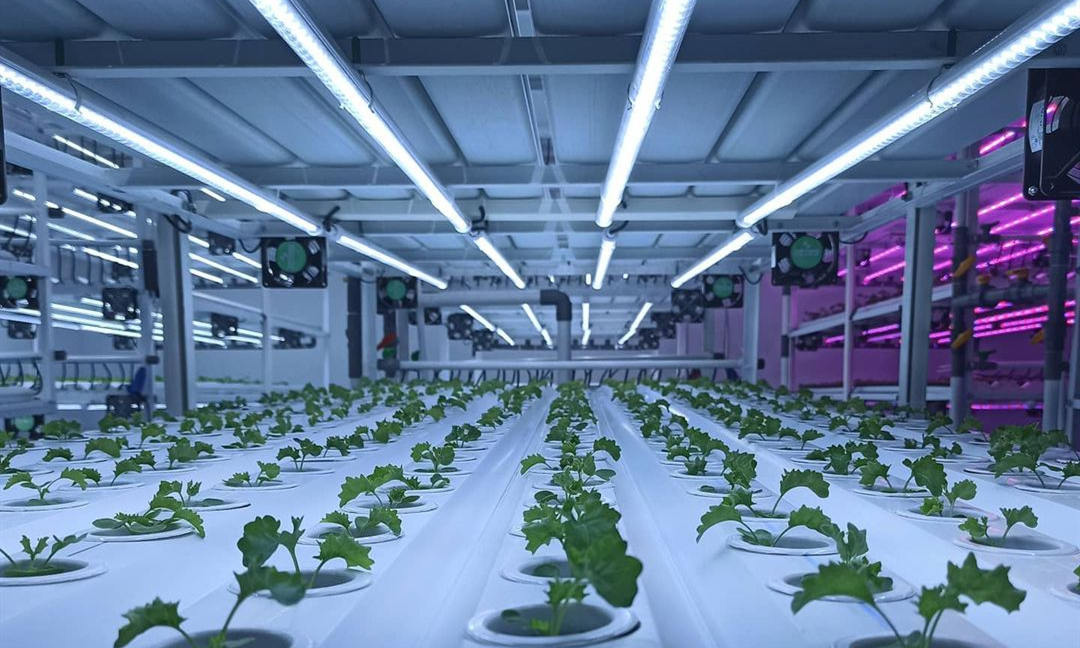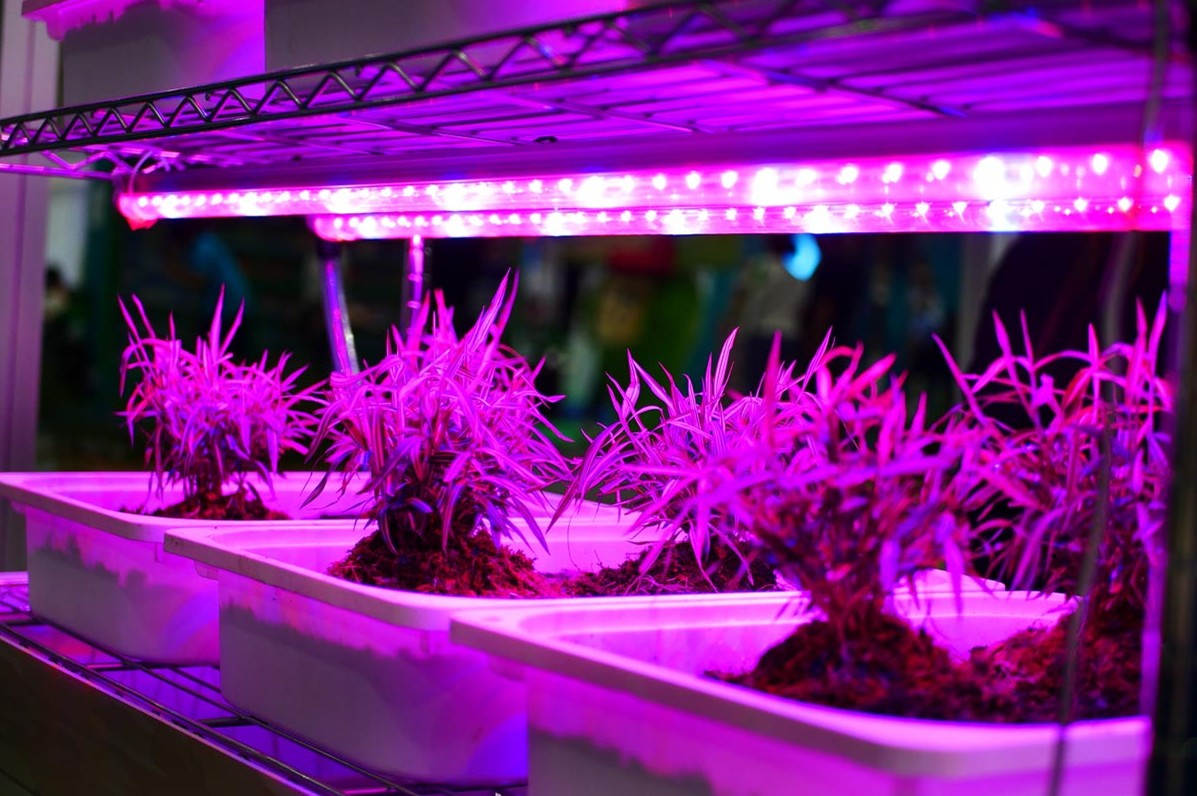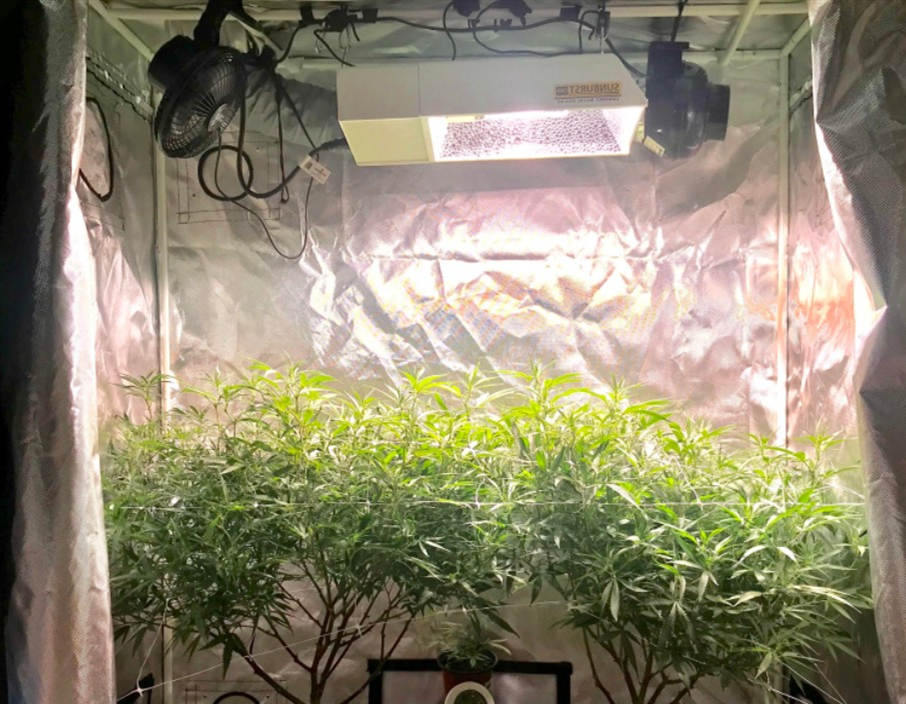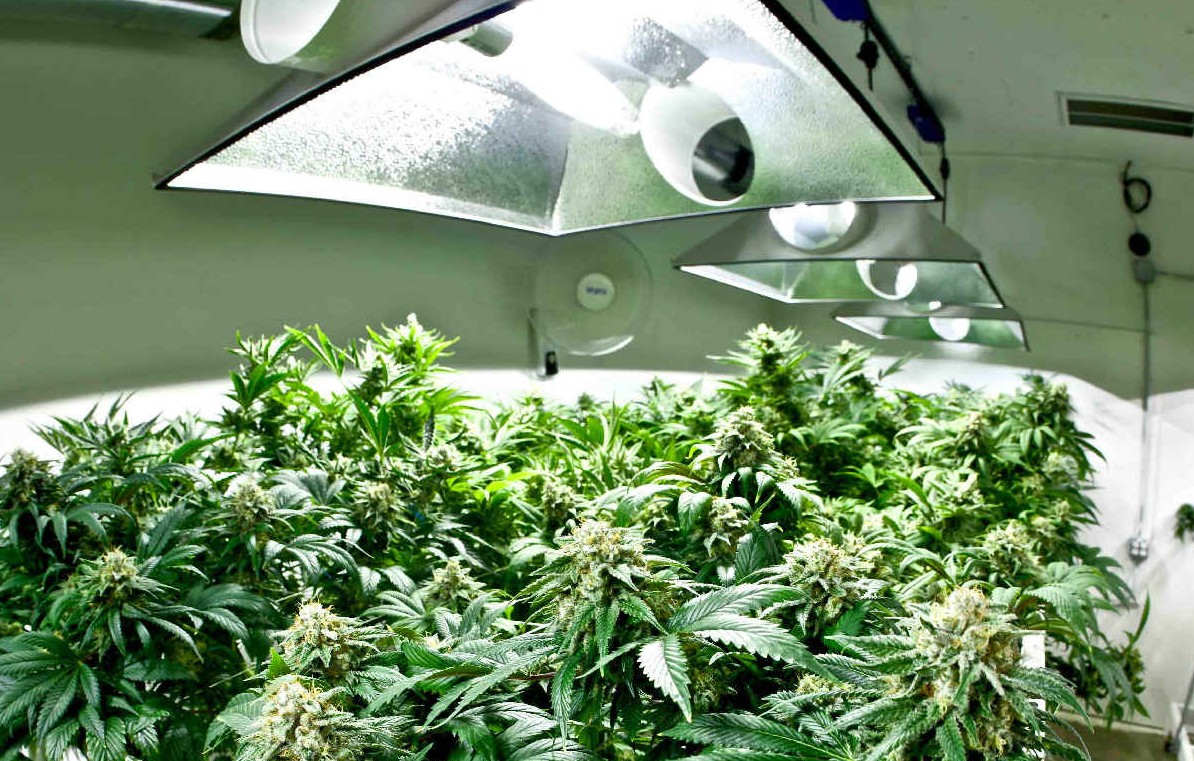Anybody with little indoor gardening know-how must have heard about lights for growing plants indoors. Indoor grow lights are designed to substitute the sun’s natural light so that plants can grow and flourish. But, how do grow lights work?
Grow lights work by stimulating photosynthesis in just the same way natural sunlight does. These artificial lights provide blue and red color spectrums which stimulate vegetative growth and flower production. They’re helpful for indoor growers who don’t get enough of the sun’s natural light.
Today, you’ll learn every nitty-gritty detail you should know about indoor grow lights. If you’re getting into the indoor gardening world, keep reading to learn the insights that will help you keep the ball rolling on your new endeavor.
What Are Grow Lights Used For?
In a less complicated lingo, grow lights are artificial lamps that imitate the sun to give plants much-needed light. If you’re growing crops indoors or in a place where sunlight is hard to come by, grow lights will come in handy.
Indoor grow lights are hanged above the plants to shine a light on them. This goes a long way in helping your indoor plants grow and flourish.
Know that light plays a significant role in every green plant’s survival. It helps them manufacture their food in a process known as photosynthesis.
In this process, green plants take in light energy and use it to transform water, minerals, and carbon dioxide into oxygen and energy-rich organic compounds.
So, photosynthesis wouldn’t take place without light energy, and green plants would wither and die.
By replicating the sun’s light spectrum, grow lights help your plants grow stronger and healthier even when the sun’s radiation is out of reach.
To understand how grow lights produce photosynthetically active radiation (PAR), we’ll look at the three popular types of grow lights.
These include fluorescent grow lights, LED grow lights, and High-Intensity Discharge or HID grow lights.
Fluorescent Grow Lights
Also known as T12s, these grow lights may come in the form of small spiral-shaped bulbs (compact fluorescent bulbs) or long, thin bulbs (tube-style bulbs).
Compact fluorescent bulbs (CFLs) are suitable for small spaces where it’s practically impossible to fit long rectangular fluorescent light fixtures.
Fluorescent lights produce low heat levels and decent color temperatures ranging from 2700 K to 10,000 K.
Standard fluorescent bulbs can have between 30 lm/W and 90 lm/W of luminous efficiency. As a result, they’re an excellent choice for young seedlings and plant starts.
Nonetheless, due to their reasonably weak light intensity, they’re only ideal for things like herbs. It’s also not advisable to use them as the primary light source for your plants. They’re best used as supplemental lighting.
I recommend this Eye Hortilux PowerVEG full-spectrum fluorescent grow light as it provides a well-balanced light spectrum with UVA and UVB for stronger, healthier plants.
- How Do Fluorescent Grow Lights Work?
Fluorescent grow lights use an electric current to heat gas inside the tube. Once the gas is heated, it emits ultraviolet light converted into visible light by a phosphorous coating inside the tube.
Meanwhile, a ballast on the back of the bulb turns the inbound electrical current into usable light energy for plants. The T12 bulbs are best used only for propagating seedlings before they’re ready for transplanting.
LED Grow Lights
LED (Light Emitting Diode) grow lights are considerably more expensive than fluorescent grow lights. Fortunately, they’re more energy-efficient and have a significantly lower heat output than most other grow lights.
Additionally, LED grow bulbs are super green and perfect for the environment. This is because they do not contain any mercury, lead, gas, or filament.
Furthermore, they neither have fragile glass bulbs nor moving parts that would make them prone to failure. That means they’re more durable than other grow lights available today.
These types of grow lights are best used in bulk and need to be placed in proximity to the plants. They have greater light intensity than fluorescent bulbs and offer an ideal light spectrum range for plants to grow and thrive.
LED grow lamps emit visible light as specific colors that are customizable for proper growth. With adjustable LED lights, you’ll be able to provide your plants with different light wavelengths to meet their light needs in every growth phase.
What’s more, LED grow lights make it possible to influence the behavior and season of plants. Being able to influence flowering times in plants increases the likelihood of getting multiple harvests per season.
- How Do LED Grow Lights Work?
LED grow lights create their light spectrum using two different semiconductor materials. One of the semiconductor materials contains negative charges, known as electrons, whereas the other contains positive charges, known as holes.
When there’s sufficient voltage passing over an LED, the electric current flows through semiconductor chips, causing electrons and holes to collide. This collision triggers the LED to release energy in the form of photons through a process known as recombination.
The recombination process allows semiconductor chips to emit their light spectrum without using mercury, gas, led, or filaments. Modern LEDs come in various spectral ranges, including visible, infrared, and ultraviolet.
They also produce the best photon flux (brightness) to fit a wide variety of applications. Make sure you choose the ideal LED spectrum and photon flux to match the needs of your plants.
High-Intensity Discharge (HID) Grow Light
High-intensity discharge light sources were the preferable options before the advent of LED grow lights. They produce an extremely bright light that’s suitable for large indoor plantings.
On the flipside, HIDs are expensive, consume a lot of electricity, discharge a lot of heat, and require special light fixtures. Nevertheless, these grow lights are still widely used because they are effective for large-scale growing purposes.
There are two types of HID bulbs: Metal Halide bulbs and High-Pressure Sodium (HPS) lights.
- Ceramic Metal-Halide (CMH) Grow Lights
These use a combination of metal salts and mercury vapor to generate a powerful light source. Of all the available lighting systems, the ceramic metal halide bulbs produce white light that closely mirrors that of natural sunlight.
That is the main reason why this kind of lighting system is the most popular of all lighting sources available. It works for all kinds of plants, supporting vegetative growth with its high spectrum.
Similarly, it simulates the natural sun by evenly distributing the light to all plants. By doing so, it promotes better growth no matter which types of plants you are growing.
- High-Pressure Sodium (HPS) Grow Lights
Also referred to as HPS bulbs, these grow lights are the best options for growing flowers and fruits. High-pressure sodium lights produce an extremely bright light whose color spectrum consists mainly of reds and oranges.
On the downside, an extremely bright light tends to emit a lot of heat. Therefore, if you’re going to use this lighting system, be sure you have adequate ventilation in your grow area so that the temperatures can’t soar too high.
All in all, HID bulbs are very effective and are widely used by commercial growers. Because they allow the light to penetrate deeper into the foliage, they’re the most popular choice for growing large plants like lemon bushes.
Frequently Asked Questions (FAQs)
How Long Should I Leave My Grow Lights On?
Not all plants will need the same amount of light during their growth phases. However, there’s a general rule of thumb to this.
Most veggies require 12 hours of light per day, while most flowering plants require 16 hours of light per day.
It would also help if you exposed your plants to at least 8 hours of darkness per day. Remember, darkness has a huge role to play in a plant’s growth cycle.
During the daytime, plants utilize sunlight to manufacture their food through photosynthesis. When the night falls, they break down the manufactured food to enable growth and flowering.
If you’re unsure how long you should leave your grow lights on, check your seed packaging for recommendations. It’s not a good idea to leave your grow lights on 24 hours a day.
[su_note]For more detail read: How Long To Keep Grow Lights on Plants?[/su_note]
Do I Need to Raise the Light Fixture for My Plants?
I’d suggest raising the grow lights according to the size of your plants to maintain the optimal distance and light coverage. This will vary depending on the type of grow light you’re using and its wattage.
The idea is that if the wattage is higher, the bulb should be farther away from the plants. If using fluorescent grow lights, the distance between your grow lights and plants should be 3-12 inches.
If using LED grow light, make sure you adjust the distance to 12-24 inches to ensure your plants remain healthy. And for those using HID grow lights, the ideal distance should be between 24 and 60 inches.
I know that adjusting the gap between your light and the plants every few weeks can be tedious. But that’s necessary to avoid burning or overheating your plants, which may curl the leaves and poor yields.
So, Do Grow Lights Really Work?
The answer to this question is a resounding YES. Grow lights work pretty well if you adhere to the proper guidelines. This involves using the proper light intensity for your plants, setting the grow light at the right height and allowing your plants to rest after every 18 hours.





